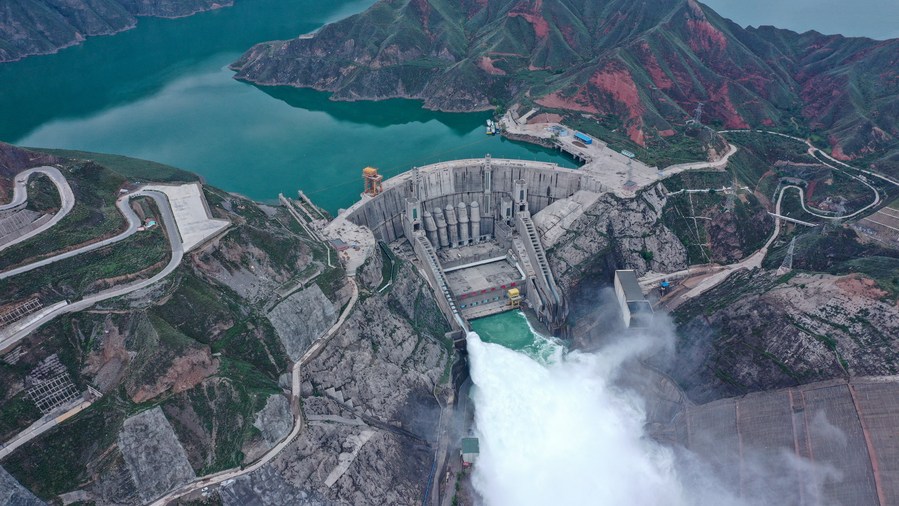Carbon goals reaffirm nation's green commitment


Yao said he expects China to further accelerate clean energy efforts after hitting the peak emissions target in 2030, so as to achieve carbon neutrality before 2060.
Wang Yi, a member of the NPC Standing Committee and the NPC Environmental Protection and Resources Conservation Committee, said he believes the new five-year targets are based on comprehensive consideration with "the COVID-19 pandemic and changes at home and abroad" as major concerns.
Instead of paying close attention to specific indicators or annual targets, it is more important to look into China's low-carbon transition roadmap and how the country combines the short-term and long-term goals during the transition, he said.
"Bringing into reality a transformation in development mode and structure is of utmost importance," he said, citing a series of sectors that need structural changes, such as energy, industry, transportation and consumption.
He said the transformation and reforms cannot go without legislation and long-term mechanisms, which include laws, regulations, institutional system as well as standard systems on carbon neutrality and wide-ranging green transition.
"Many of the relevant documents, policies and planning are being hammered out, though a carbon trading market has just opened for business," he said. "They all need to be adjusted for improvement in practices.
"You can count on China to keep its promise, though we still need to forge ahead," he said.
The premier's work report also included a series of policy tools to enhance the country's climate actions.
The country will expand the catalog of corporate income tax credits for environmental protection, accelerate the development of national markets for trading energy use rights and carbon emissions rights, improve the system to control both the total amount and intensity of energy consumption, introduce special policies on providing financial support for green and low-carbon development.
Dimitri de Boer, chief representative for China at ClientEarth, an environmental law charity, said the targets appear consistent with the pledge to peak carbon emissions before 2030, but this depends on GDP growth.
"No GDP growth target was set for 2025, so the emissions target for 2025 is not immediately clear," he said. "Assuming an average 5 percent GDP growth over the whole 2021 to 2025 period, the 18 percent emissions intensity reduction target gives us 0.9 percent growth per year in carbon emissions."
He said that is consistent with the views of He Jiankun, vice-chairman of the National Committee of Experts on Climate Change, that "reaching a peaking plateau by around 2025, and entering a steady decline in emissions before 2030".
"There was tremendous applause when Premier Li Keqiang said that China will act strongly on climate change, which suggests that there is consensus on the need to act. What matters now is whether we see a quick transition to clean energy," he said.
- Former senior official of Ningxia sentenced to death
- Development program narrows urban-rural gap in Guangdong
- Wuxi Winter Bazaar creates cross-cultural gathering
- Expressway service area featuring a natural hot spring to open soon in Guangdong
- Former Ningxia political advisor sentenced to death for bribery
- Former senior official of Jiangxi expelled from CPC





































